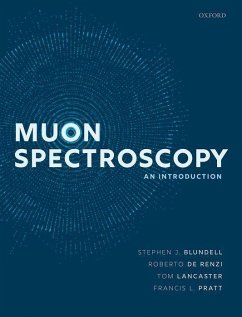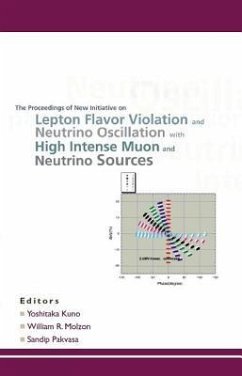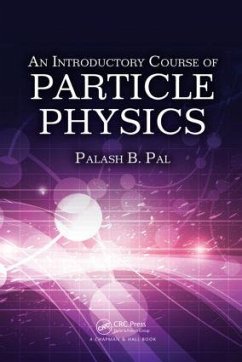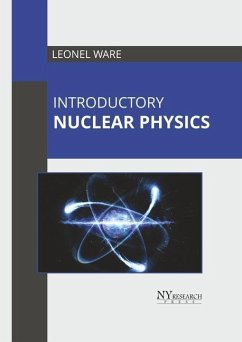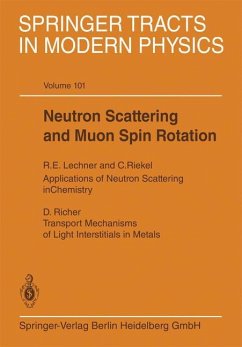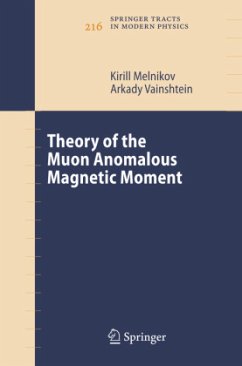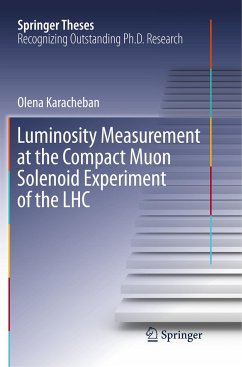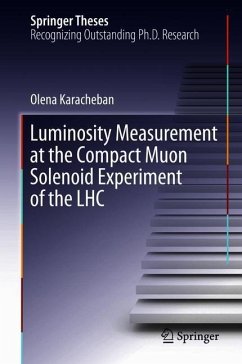
Introductory Muon Science
Versandkostenfrei!
Versandfertig in 1-2 Wochen
144,99 €
inkl. MwSt.
Weitere Ausgaben:

PAYBACK Punkte
72 °P sammeln!
Muons are unstable elementary particles that are found in space, which can also be produced in particle accelerators to an intensity a billion times greater than that occurring naturally. This book describes the various applications of muons across the spectrum of the sciences and engineering. Scientific research using muons relies both on their basic properties as well as the microscopic interaction between them and surrounding particles such as nuclei, electrons, atoms and molecules. Examples of research that can be carried out using muons include muon catalysis for nuclear fusion, the appli...
Muons are unstable elementary particles that are found in space, which can also be produced in particle accelerators to an intensity a billion times greater than that occurring naturally. This book describes the various applications of muons across the spectrum of the sciences and engineering. Scientific research using muons relies both on their basic properties as well as the microscopic interaction between them and surrounding particles such as nuclei, electrons, atoms and molecules. Examples of research that can be carried out using muons include muon catalysis for nuclear fusion, the application of muon spin probes to study microscopic magnetic properties of advanced materials, electron labelling to help in the understanding of electron transfer in proteins, and non-destructive element analysis of the human body. Cosmic ray muons can also be used to study the inner structure of volcanoes.





